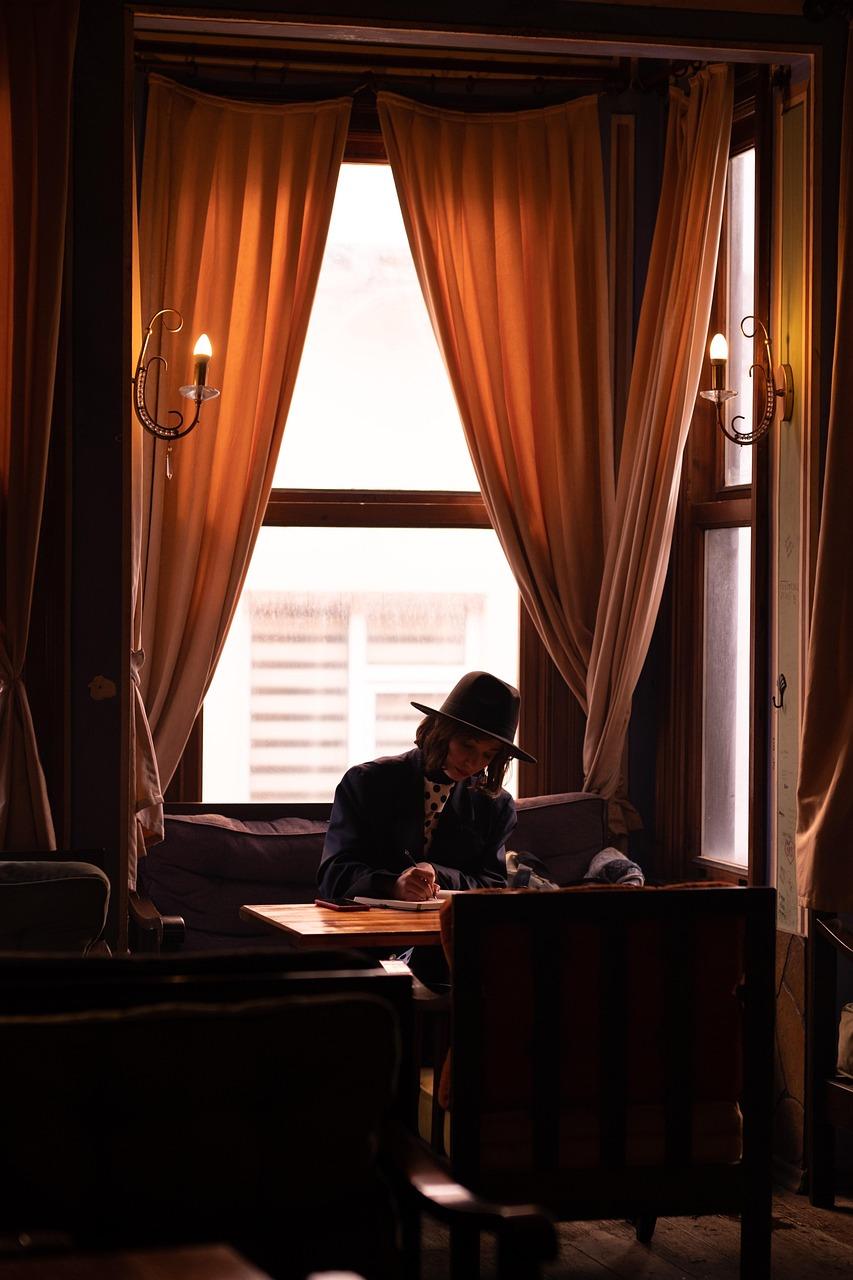Warm vs. Cool Lighting in Elegant Design Settings: A Complete Guide
Lighting plays a pivotal role in shaping the atmosphere and overall appeal of elegant design settings. Whether you’re designing a high-end restaurant, sophisticated home interior, or a luxury retail space, the choice between warm and cool lighting can dramatically influence mood, perception, and style. In this article, we’ll dive deep into warm vs. cool lighting, explore their benefits, practical tips for implementation, and how to choose the perfect lighting temperature to elevate any elegant space.
Understanding Warm and Cool Lighting
Before discussing their application, it’s important to understand what warm and cool lighting actually mean:
- Warm Lighting: Typically falls in the 2700K to 3500K range on the Kelvin scale, warm lighting emits a yellow to amber glow, reminiscent of sunrise or candlelight.
- Cool Lighting: Ranges from 4000K to 6500K, producing a bright, crisp, bluish-white light similar to daylight or overcast skies.
Warm Lighting in Elegant Design
Warm lighting evokes a sense of comfort, intimacy, and sophistication, making it a favorite in many upscale environments.
Benefits of Warm Lighting
- Creates Inviting Atmospheres: Perfect for spaces where relaxation and conversation are encouraged.
- Enhances Earth Tones and Rich Materials: Wood, leather, and deep color palettes shine under warm light.
- Softer Shadows: Adds depth and dimension without harsh contrasts.
Best Uses of Warm Lighting in Elegant Settings
- Living rooms and lounges with plush seating
- Upscale dining rooms and fine dining restaurants
- Bedroom lighting for restful environments
- Accent lighting on art pieces and antique furnishings
Cool Lighting in Elegant Design
Cool lighting lends a modern, clean, and sophisticated edge to luxury design spaces.
Benefits of Cool Lighting
- Enhances Modern Aesthetics: Ideal for minimalist and contemporary designs with neutral color palettes.
- Improves Visibility and Focus: Helps in highlighting architectural details and textures with clarity.
- Creates an Airy and Spacious Feel: Makes spaces appear larger and more open.
Best Uses of Cool Lighting in Elegant Settings
- Modern kitchens and bathrooms with metallic finishes
- Luxury offices and workspaces
- Art galleries and museums needing true color rendering
- Retail stores showcasing high-end merchandise
Key Differences Between Warm and Cool Lighting
| Aspect | Warm Lighting | Cool Lighting |
|---|---|---|
| Kelvin Temperature (K) | 2700K – 3500K | 4000K – 6500K |
| Color Tone | Yellow, Amber | Blue, White |
| Ambiance | Cozy and Intimate | Bright and Energetic |
| Best Application | Relaxed, traditional, vintage elegance | Modern, minimalist, contemporary elegance |
| Effect on Colors | Enhances warm hues, richer tones | Enhances cool tones, brighter whites |
Practical Tips for Choosing Between Warm and Cool Lighting
Choosing the right lighting tone depends on your space’s purpose, color scheme, and design goals. Here are some practical tips to help you make an informed decision:
- Assess Space Functionality: For relaxing or socializing areas, lean towards warm lighting. For task-driven or modern environments, cool lighting is ideal.
- Consider Your Color Palette: Warm lighting complements earthy and jewel tones, while cool lighting makes whites, grays, and blues pop.
- Use Layered Lighting: Combine warm and cool lights in layers – ambient, task, and accent – to create balance and depth.
- Test Different Lights: Purchase bulbs with adjustable Kelvin temperatures or smart lighting systems to experiment.
- Mind the CRI (Color Rendering Index): Choose lights with a CRI of 90+ to ensure true color representation in elegant decor.
Case Study: Elegant Living Room Lighting Makeover
A luxury townhouse in New York recently revamped its living room by switching from cool to warm lighting. Originally designed with 5000K LED bulbs, the space felt sterile and uninviting despite the high-end furnishings.
After installing 3000K warm LEDs with dimmable features and layered accent lighting behind crown moldings and art pieces, the room transformed:
- Guests reported feeling more relaxed and comfortable.
- The wood finishes and leather couches appeared richer and more luxurious.
- The subtle shadows added dimensionality, giving the space a showroom-quality ambiance.
This simple lighting adjustment enhanced the elegance and tended the overall mood of the living space dramatically.
First-Hand Experience: Designing an Elegant Jewelry Store
Having designed lighting for a high-end jewelry store, I learned firsthand the power of combining cool and warm lighting to highlight luxury pieces:
- Cool white task lighting: Used to illuminate display cases, emphasizing the sparkle and true color of gems.
- Warm ambient lighting: Directed towards customer seating areas, creating a welcoming and intimate atmosphere.
This careful balance resulted in a store layout that felt both luxurious and approachable, improving customer experience and boosting sales.
Conclusion: Finding the Perfect Lighting Balance in Elegant Settings
Choosing between warm vs. cool lighting is a critical step in crafting elegant design settings that resonate emotionally and visually with users. Warm lighting brings comfort, luxury, and richness, perfect for traditional and classic elegance. Cool lighting offers clarity, modernity, and crisp sophistication for contemporary spaces. By understanding the nuances of each lighting temperature and thoughtfully applying them, designers and homeowners alike can elevate their interiors to truly refined environments.
Remember – layering warm and cool lights, considering your color scheme, and prioritizing both functionality and ambiance will ensure your elegant space shines brilliantly in every sense.
Explore different lighting options and experiment with your elegant designs today – the right glow awaits!



